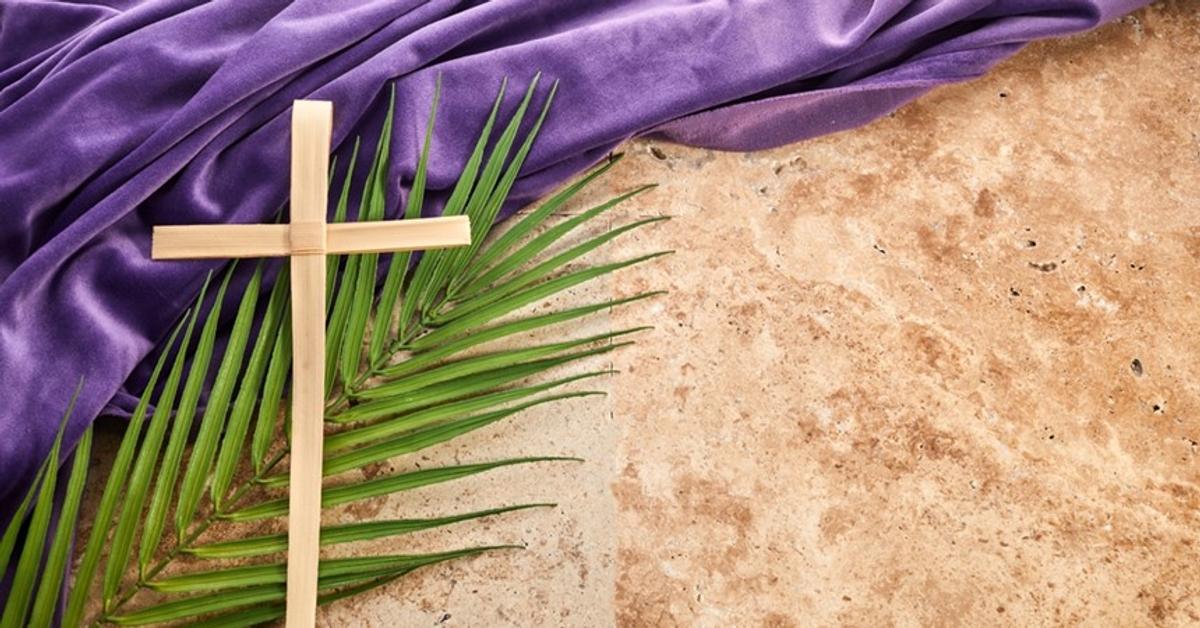RE & Parish News
My Lord and My God

RE & Parish News
My Lord and My God


We’re currently journeying through Lent—a time of reflection, prayer, and preparation for Easter. But what exactly is Lent, and why do we mark it in certain ways?
Lent begins on Ash Wednesday and lasts 40 days, ending at sunset on Holy Thursday with Mass. It’s a season of prayer, fasting, and giving to the poor, helping Christians prepare their hearts for Easter—the celebration of Jesus’ resurrection.
The number 40 often represents a time of testing, renewal, or preparation in the Bible. Think about how Jesus fasted for 40 days in the desert before beginning His ministry. In the same way, Lent is a time for spiritual growth and reflection.
Purple is a symbol of royalty—in ancient times, only the wealthy could afford purple dye. In the Gospel of Mark, Jesus was dressed in a purple robe by soldiers who mocked Him as "King of the Jews." Today, the Church uses purple as a sign of penance and preparation during Lent.
Traditionally, people gave up things like meat on Fridays, chocolate, or alcohol. But Lent is about more than just avoiding treats—it’s about changing our hearts. Many Christians now focus on letting go of negative habits to become more like Christ.
Surprisingly, hot cross buns weren’t originally eaten during Lent—only on Good Friday to symbolise Jesus’ crucifixion. But over time, they became so popular that today you’ll find them in stores well before Lent even begins!
The Stations of the Cross help Christians reflect on Jesus’ journey to the cross. These 14 moments—from His condemnation to His burial—are a powerful way to pray and meditate during Lent.
Before Lent begins, people would use up rich ingredients like butter, eggs, and sugar—and what better way to do that than making pancakes? This tradition is still alive today, especially among kids (who just love an excuse to eat pancakes!).
For centuries, Christians have worn ashes as a sign of repentance and humility before God. Ash Wednesday marks the beginning of Lent—a time for reflecting on our relationship with God and others.
Palm Sunday kicks off Holy Week, remembering when Jesus entered Jerusalem on a donkey while crowds waved palm branches and shouted praise. Palms symbolize victory and triumph, though by the end of the week, Jesus would face the cross.
Absolutely! Lent is a time for self-reflection and growth, and you don’t have to be Catholic to join in. You might:
✅ Make amends with someone you’ve fallen out with
✅ Donate time or money to those in need
✅ Give up something as a personal challenge
✅ Spend time reading the Bible
It’s never too late to start!
The Damascus (Year 2) and Bethany (Year 5) Communities will be celebrating Mass on Wednesday 26th March. They have also invited Foundation A & B to come along. Everyone is invited to come along, even if you don't have a child in these communities.
We are off to a great start with our Project Compassion collection boxes. They are prominently placed on our prayer tables to remind each class of one of the pillars of Lent. Each time we pray in class, we have a visual reminder of the almsgiving that it taking place in our school community.